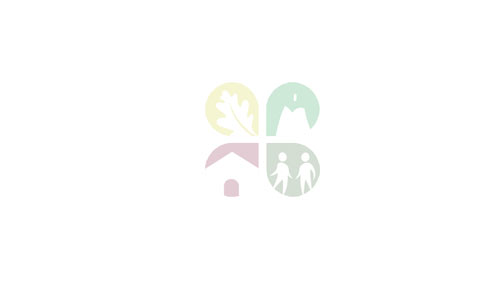Rain gradually wears away the rock, making the fissures deeper and deeper. The water runs down through the hollows left by previous erosion attacking the areas of greatest solubility, leaving a cracked mountainous surface riddled with countless underground conduits. The oldest ones take the shape of caves through which water no longer flows, since it has moved to deeper substrata.
We can see from the air how a rocky plateau stands out in the surrounding, encircled by a crest-shaped border that looks as if it were protecting the inner concave surface. The highest rock on the ridge is Lekanda (1,302 m) on the eastern side. To the south we find the outstanding Altipitatz and Arteta Peaks, and to the north the Askorrigan Summit. At the feet and to the exterior of the latter, we scan a close-knit group of smaller jagged peaks, the Atxas (from the Basque word "haitza", meaning crag).
We find the easiest way into the area to the northeast of the karst, through the "Ojo de Atxulaur". This natural hole in the mountain has been used since time immemorial by shepherds (who also have their huts and sheepfolds in Itxina) and woodcutters. However, it is not advisable to enter the area without someone who knows it well, since there are no paths and signs or traces to orientate yourself. This warning should be particularly heeded on foggy days.
The interior of the massif is an enormous labyrinth of sinkholes surrounded by cracked and fissured rock elevations. The landscape, particularly in autumn when the beech trees have taken on their reddish tones, is simply superb, perhaps unequalled in the entire Basque Autonomous Region.
One of its best-known caves is Supelegor (one of the nearly 500 cavities excavated by water on the Gorbeia Massif), which is haunted by some of the characters of Basque mythology.
Remarks
Walks through the biotope, excursions to the surrounding summits and potholing in the various caves are some of the alternatives to become acquainted with the protected natural area.

 The weather
The weather



























_500.jpg)
_500.jpg)